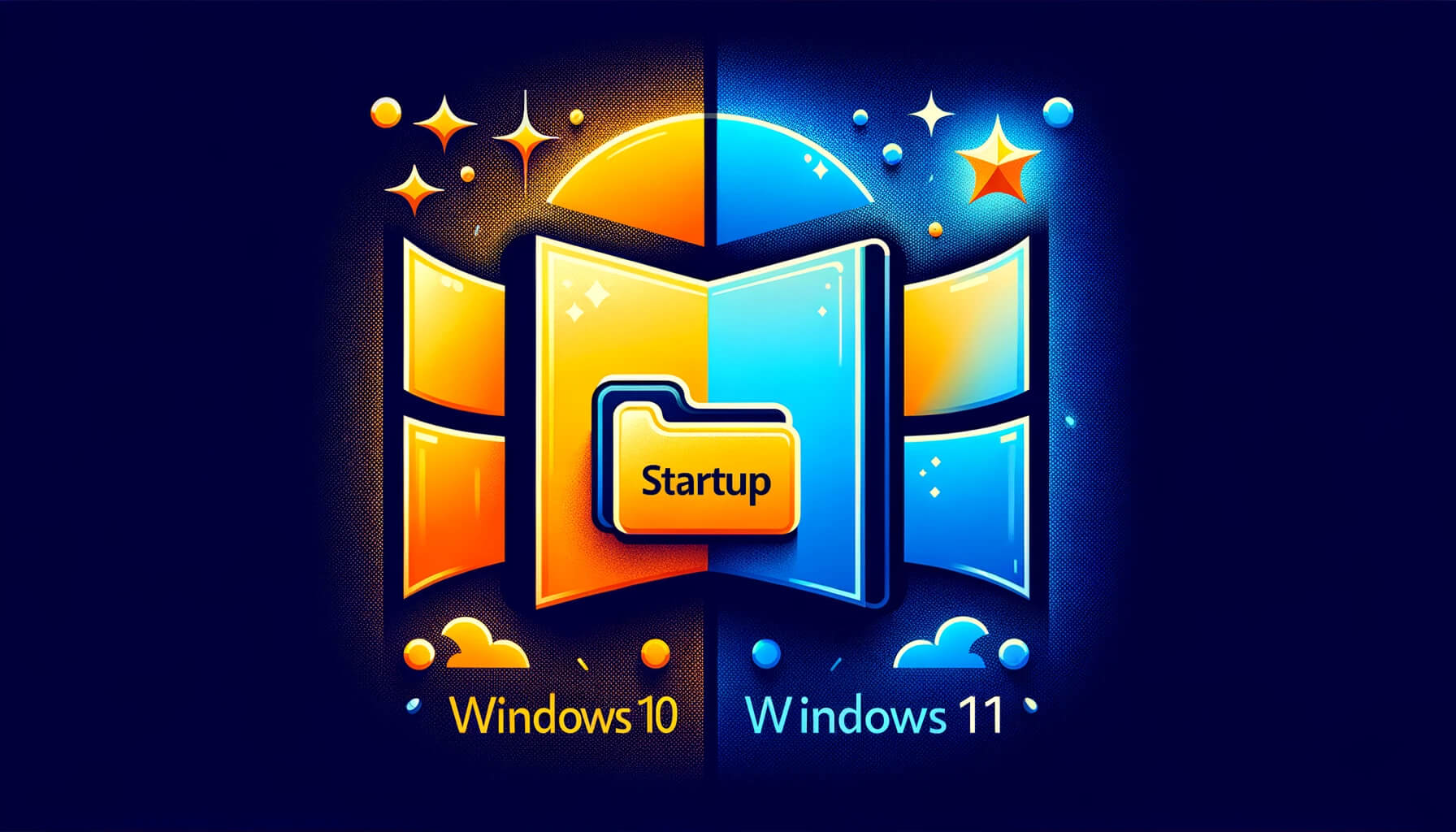How to Access the Startup Folder in Windows 10 and 11: A Step-by-Step Guide

Managing your PC's startup applications is essential for ensuring a faster boot time and smoother overall performance. The Startup folder in Windows is the place to add or remove programs that automatically start with your system. Here's how to find it in Windows 10 and Windows 11:
For Windows 10 Users
- Using the Run Command:
- Press
Win + Rto open the Run dialog. - Type
shell:startupand press Enter. This command opens the Startup folder for your user account. - To access the All Users Startup folder, type
shell:common startupinstead.
- Press
- Using File Explorer:
- Open File Explorer.
- Navigate to
C:\Users\[YourUsername]\AppData\Roaming\Microsoft\Windows\Start Menu\Programs\Startup. - For the All Users folder, navigate to
C:\ProgramData\Microsoft\Windows\Start Menu\Programs\Startup.
For Windows 11 Users
The steps for Windows 11 are similar to Windows 10, ensuring a seamless experience across both operating systems.
- Using the Run Command:
- Press
Win + R, inputshell:startup, and hit Enter for the current user's Startup folder. - For All Users, type
shell:common startup.
- Press
- Using File Explorer:
- Open File Explorer.
- Go to
C:\Users\[YourUsername]\AppData\Roaming\Microsoft\Windows\Start Menu\Programs\Startupfor your user account. - For All Users, the path is
C:\ProgramData\Microsoft\Windows\Start Menu\Programs\Startup.
Managing Startup Applications
Once you're in the Startup folder, you can add shortcuts to your favorite programs or remove existing ones to prevent them from automatically starting. This control can significantly impact your system's efficiency and your productivity.
Conclusion
Whether you're using Windows 10 or Windows 11, accessing the Startup folder is a straightforward process that can greatly enhance your system's performance. By managing your startup applications, you ensure a faster and more efficient system boot, tailored to your needs.
Remember, a well-managed Startup folder is key to a fast and efficient Windows experience.

Get More Cool Tools
Productivity hacks, free tools, time-saving tips, good deals and more sent directly to your inbox.
Thank you! 👍
I'll send you more cool stuff. You can also email me directly anytime at andrew@getmoredonefast.com.